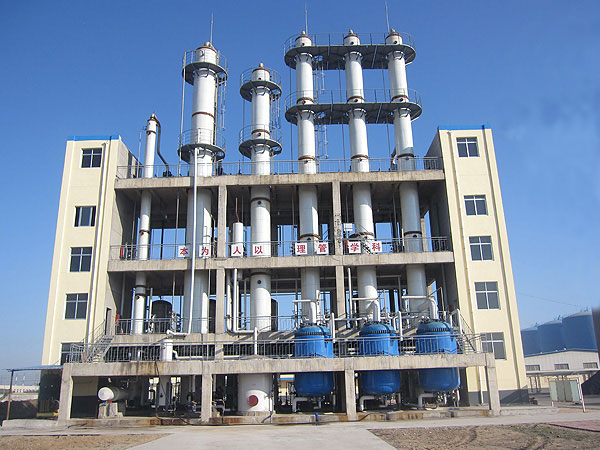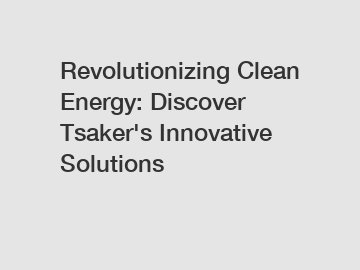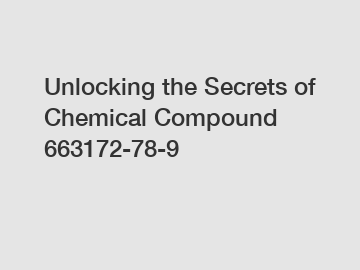What are the Precautions for Ethyl Acetate?
Ethyl acetate is colorless transparent liquid, low toxicity, sweet smell, irritating odor at higher concentration, volatile, sensitive to air, can absorb moisture, making it slowly hydrolyzed and acidic reaction. Can be miscible with chloroform, ethanol, acetone and ether, soluble in water (10%ml/ml). Can dissolve some metal salts (such as lithium chloride, cobalt chloride, zinc chloride, iron chloride, etc.) reaction. Relative density 0.902. Melting point -83℃. Boiling point 77℃. Refractive index 1.3719. Flash point 7.2℃(open cup).
As an Ethyl Acetate Plant Supplier, share with you.

Ethyl Acetate Production Technology
1. The esterification reaction is a reversible reaction. In order to increase the yield of esters, the reaction must be made as far as possible to facilitate the formation of esters. Generally, one of the reactants acid and alcohol is made in excess. In industrial production, which kind of excess is better, generally depends on whether the raw materials are easily available, whether the price is cheap, and whether it is easy to recycle and other specific circumstances. In the laboratory, the method of excessive ethanol is generally used. The mass fraction of ethanol should be high, and the effect would be better if the ethanol with a mass fraction of 95% could be replaced by anhydrous ethanol. The amount of concentrated sulfuric acid used in the catalysis is very small. Generally, the catalysis can be completed as long as the quality of sulfuric acid reaches 3% of the mass of ethanol. However, in order to remove the water generated in the reaction, the amount of concentrated sulfuric acid should be increased slightly.
2. When preparing ethyl acetate, the reaction temperature should not be too high. Keep it between 60℃ and 70℃. When the temperature is too high, impurities such as ether, sulfurous acid or ethylene will be produced. After the liquid is heated to boiling, it should be heated with a small fire. Several pieces of broken porcelain can be added to the test tube in advance to prevent the liquid from bumping.
3. Do not extend the air duct into the Na2CO3 solution to prevent the Na2CO3 solution from being poured into the test tube of the heated reactant due to uneven heating. In addition, ethanol and acetic acid are easily soluble in water, which can cause back suction.
4. Concentrated sulfuric acid is used both as a catalyst and as a water-absorbing agent.
5. The role of Na2CO3 solution is:
Explore more:The Top Advantages of Specialty Gases
What are the top 10 nitrogen heterocyclic compounds for purchase?
What is the color of pyrrolidine solution?
What is the mixing ratio for SBR latex?
Unlocking the Benefits of Hydroxy Ethyl Methyl Cellulose
Which RDP for self-leveling offers the best price?
What are the cons of compostable bags?
⑴The function of saturated sodium carbonate solution is to condense the ester vapor, reduce the solubility of the ester in water (facilitate the layering), remove the acetic acid mixed in ethyl acetate, and dissolve the ethanol mixed in ethyl acetate.
⑵Na2CO3 can react with volatilized acetic acid to produce odorless sodium acetate, which is convenient to smell the scent of ethyl acetate.
6. In order to facilitate the production of ethyl acetate, the following measures can be taken:
⑴ When preparing ethyl acetate, the reaction temperature should not be too high.
⑵It is best to use glacial acetic acid and absolute ethanol. At the same time, an excess of ethanol is used.
⑶ The amount of concentrated sulfuric acid used for catalysis is very small, but in order to remove the water generated in the reaction, the amount of concentrated sulfuric acid is slightly more than that of ethanol.
⑷Use inorganic salt Na2CO3 solution to absorb the volatilized acetic acid.
7. The reason why Na2CO3 can't use alkali (NaOH): Although it can also absorb acetic acid and ethanol, the alkali will catalyze the complete hydrolysis of ethyl acetate, causing the experiment to fail.
Our company also has Acetic Acid Plant on sale, welcome to contact us.
Explore more:Which Tsaker new energy model is the top choice for businesses looking to purchase renewable solutions?
Why is there a shortage of sodium bicarbonate?
Which Surprising Industry Can Benefit from Cellulose Ether Applications?
What is the source of NF3 gas?
Exploring the Benefits of Chemical Compound 19916-73-5
What is 102 97 6 cas used for?
Where is HPMC used?










